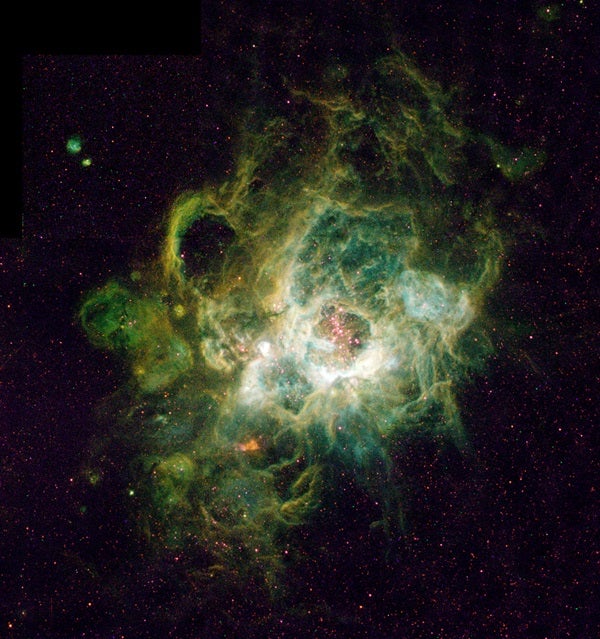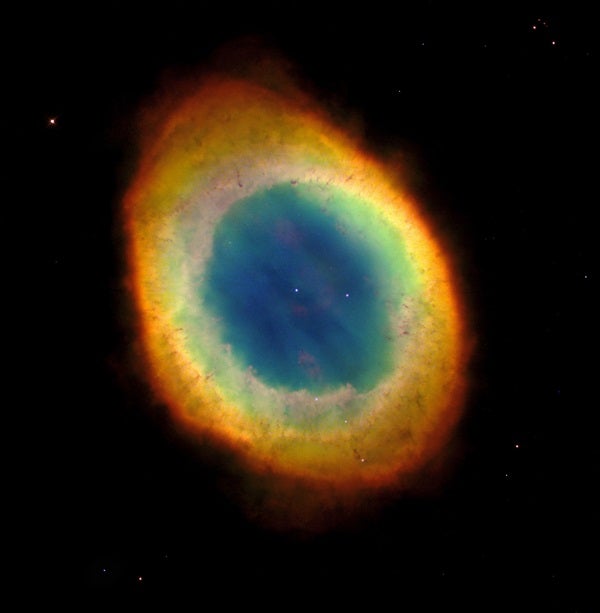Welcome to Astronomy 101. In this series, we explain fundamental concepts and describe intriguing objects in the cosmos. In this episode, I’ll discuss some of the most familiar sights in the heavens — nebulae.
A “nebula,” the Latin word for cloud, is basically a collection of dust and gas in space. Odds are, if you’re looking at some transfixing bit of astrophotography, the subject will either be a galaxy or a nebula. Originally, astronomers thought they were one and the same and thought of objects like the Andromeda Galaxy as a spiral nebula within our galaxy. Once they learned our Milky Way was not the entire universe, however, they began distinguishing between the two.
One kind of nebula is a diffuse nebula, which just means it has no real shape or boundaries. Some of these, called reflection nebulae, can only be seen because they reflect the light of nearby stars. They emit no visible radiation of their own. Others actually shine with their own light. These are emission nebulae, and they usually indicate the birth of new stars, which form from regions of high density within the nebula.
Some diffuse nebulae are more obvious not for how they reflect or emit light, but how they block it. Perhaps the most famous example of a dark nebula, the Horsehead Nebula, is visible only as a shadow cast by the light behind it. The Horsehead is made of gas so thick and cold that it blocks nearby light from the bright nebula IC 434.
But these are all still types of diffuse nebulae. Astronomers also know of planetary nebulae, which emit their own light, as well. These form when a dying Sun-like star shrugs off much of its material, and the remaining star’s energy causes the cast-off gas to glow. The name comes from their generally spherical shapes, but don’t be fooled — planetary nebulae aren’t made of or related to planets, and not all of them are spherical either. Astronomers suspect stellar winds, intense magnetic fields, and even hidden companion stars could all warp a planetary nebula’s shape. Eventually, the gas expands and the central star cools down sufficiently to render a planetary nebula invisible, making it a transitory phenomenon lasting only tens of thousands of years.
Finally, there’s the type of nebula called a supernova remnant. As the name implies, it’s what’s left over after one of the universe’s biggest light shows, a massive star’s explosion — or supernova. As the stellar material flies through space at incredible speeds, it can slam into other detritus in the area to produce fantastic shapes and lights. Certain supernova remnants can also produce other unusual effects, such as cyclotron radiation and cosmic rays.
And that’s our introduction to nebulae. Keep watching for another installment of Astronomy 101, and be sure to check out issues of Astronomy magazine, which often include articles and news about nebulae.
Expand your knowledge at Astronomy.com
Check out the complete Astronomy 101 series
Learn about our stellar neighborhood with the Tour the Solar System series
Read about the latest astronomy news











